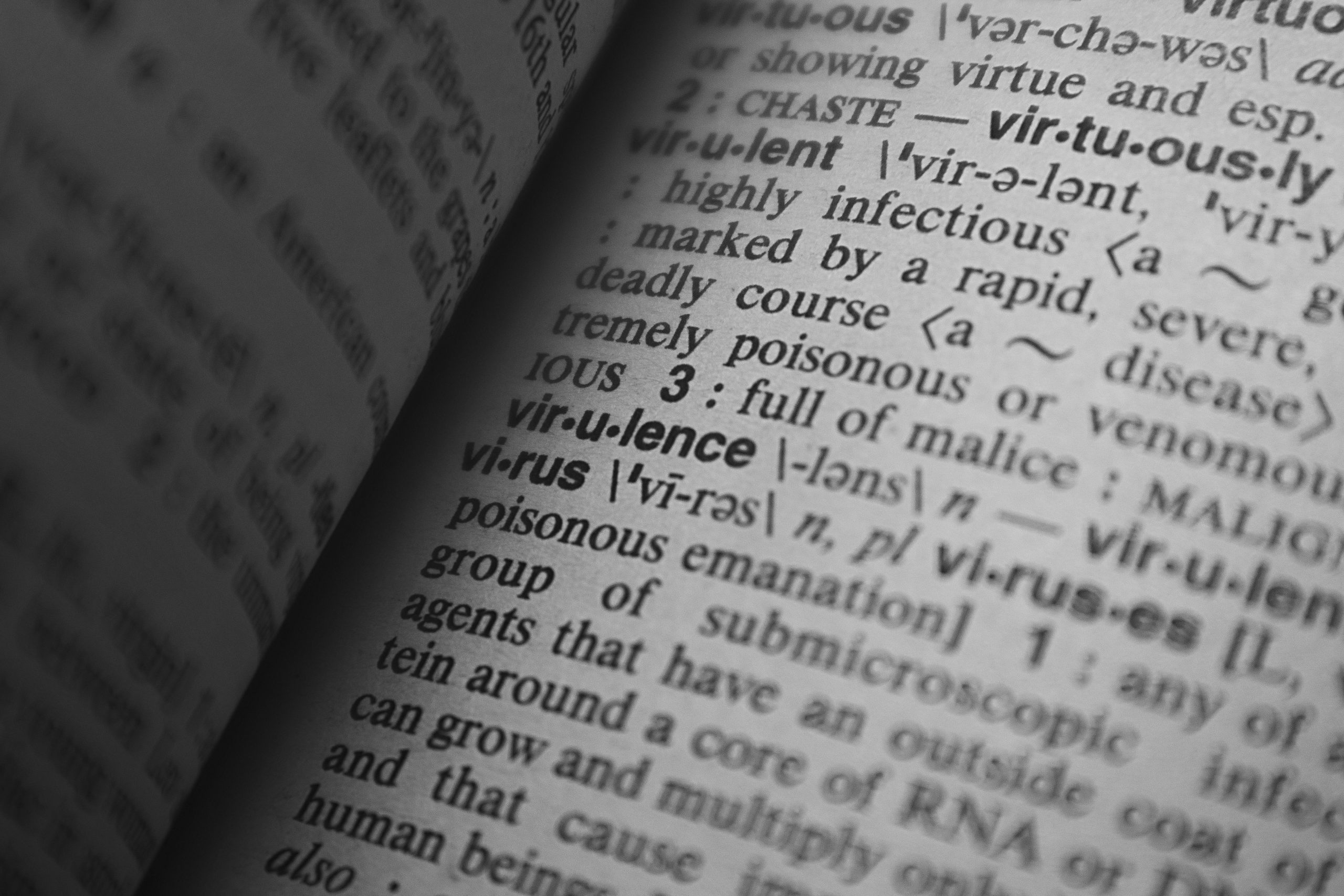Understanding the Shifts in Reading Instruction Terminology: A Closer Look at “Balanced Literacy” and Whole Language Approaches
In recent discussions about reading education, there’s been a noticeable shift in how certain instructional philosophies are labeled and understood. Specifically, the term “balanced literacy” has been reinterpreted by some to mean exclusively a whole language approach, which has caused confusion among educators and parents alike.
As an experienced educator with a background in elementary education, I find myself seeking clarity amid these changes. My educational journey began with a foundational understanding that “balanced literacy” encompasses a comprehensive approach—integrating phonics instruction in early grades with later strategies such as leveled reading, rich read-aloud experiences, and student choice books. This method aims to develop literacy skills progressively, ensuring that students acquire foundational decoding skills early on while fostering a love for reading through diverse texts.
My training reaffirmed that phonics is a crucial component of early literacy development, taught explicitly during kindergarten through second grade. When children struggle with decoding, targeted intervention specialists are available to address specific difficulties. This approach recognizes that once foundational skills are established, secondary instruction can focus on comprehension and critical reading strategies.
However, recent debates suggest that “balanced literacy” has been vilified for neglecting phonics, leading some to advocate solely for whole language instruction. It appears that terminology has been subtly shifted or misapplied, sowing confusion about what effective reading instruction actually entails.
It’s perplexing to me how, despite having graduate-level training emphasizing the importance of phonics within a balanced framework, some interpret “balanced literacy” as devoid of phonics altogether. As a high school teacher, I see little reason to revisit phonics in the later grades unless specific students require additional support—a scenario unlikely to be relevant for most.
My goal isn’t to persuade but to better understand how educational terminology has evolved and how these changes influence current practices. Should we consider simplifying our language around literacy, or is it more appropriate to have specialists clarify these terms? Listening to literacy experts and evidence-based research could help dispel misconceptions and ensure our instructional strategies serve students effectively.
If anyone can shed light on this shifting landscape of reading instruction terminology and clarify how we arrived here, I would greatly appreciate it. The ultimate aim is to support all learners with accurate, effective methods rooted in a clear understanding of literacy development.
